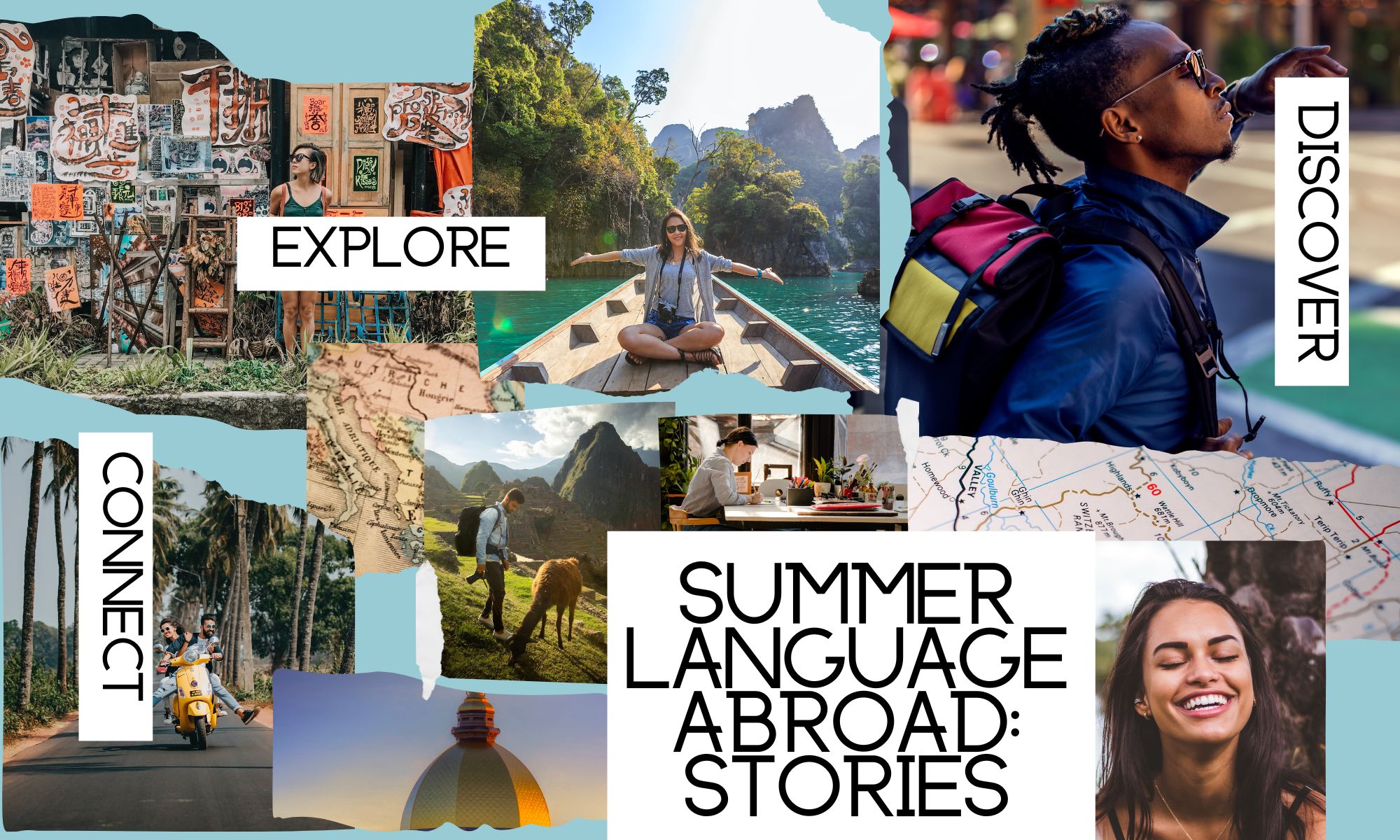
One night I went out with my host family’s daughter Gaia (who is 19) for aperitivo (Italian drinks and snacks) at the Piazza del Campo. While we were chatting in a mix of Italian and English, two Italian guys from a nearby table approached us and asked to take a photo with us. This very forward way of interacting was a bit foreign to me. I didn’t know what to do, so I said sure. After we took the selfie, the both of them asked to sit with us and for the next few hours we talked in Italian. It was not so much this first part that was a critical incident, rather just a funny moment, but one that reflected a cultural difference (Gaia later told me that this was a pretty normal Italian guy thing to do). The true incident, however, was the actual experience of talking with these two Italians and Gaia because it was both enjoyable and stressful. I could not relax at all during the conversation, but had to be extremely present and listen as closely as possible the entire time because they were speaking so fast and also in accents I wasn’t as familiar with (neither was Senese). I felt very foreign in this encounter and also almost like a burden to the conversation. I asked them to speak slower so I could understand and there were only so many things I could not tell them. I didn’t really feel like myself in the interaction because of my lack of ability to eloquently express myself. Despite my own cultural barrier in terms of language, I also realized that I wasn’t the only person who felt like she was talking to a foreigner: Gaia, while Italian, is Senese, not Sicilian, so as they were all communicating I realized she did not feel completely comfortable either.
During this interaction I realized two simultaneously contradictory things: 1. Not being able to communicate all of your thoughts or struggling a lot with a language can be a huge barrier to understanding the other person as well as expressing yourself and 2. While language is certainly crucial to communication, there is also so much communication that is done through other means, particularly gesticulation (for the Italians) as well as eye contact etc (hence my ability to still really enjoy the conversation). A person looking at a fishbowl for me represents this moment: someone who is able to understand some of the world that the fish lives in, but from an outsider perspective and without the experience of actually being Italian, or in particular Senese. I gained from this experience a newfound understanding of the intricacies of language and culture but also an appreciation for just how much I was able to understand of the conversation despite its complexity due to my own studies and observation.

